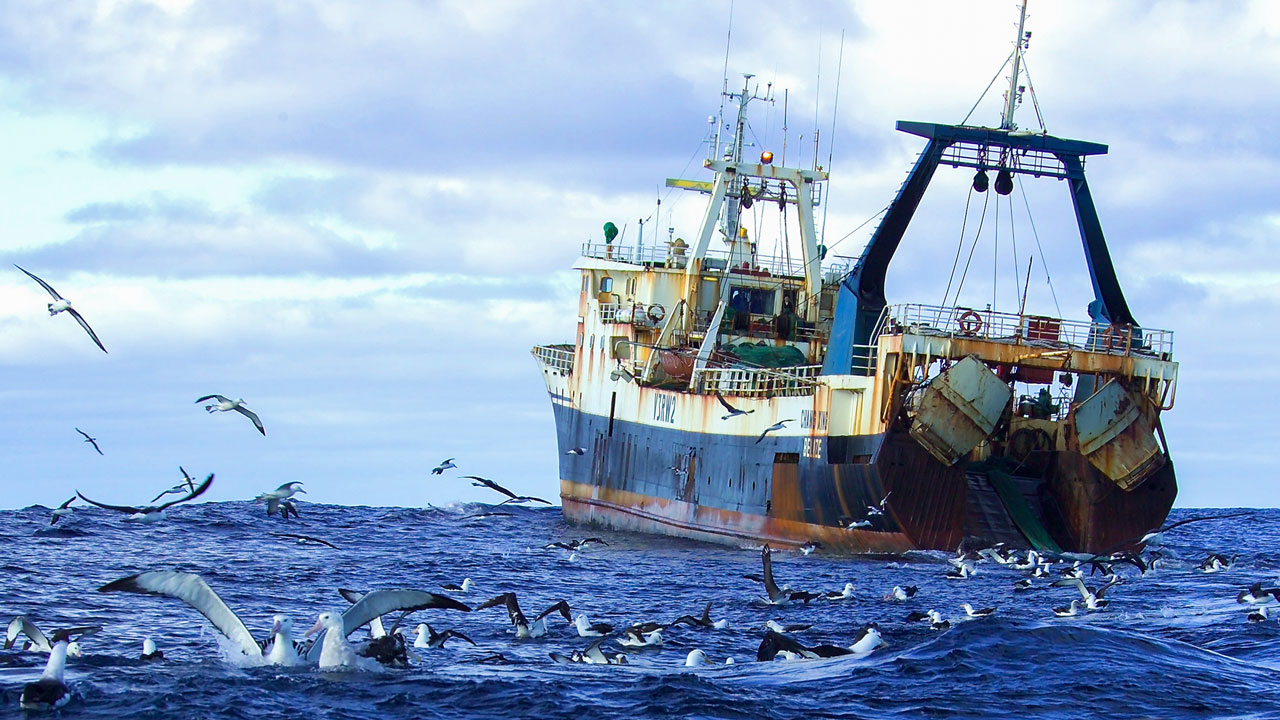News Highlight
The SC’s interim order of January 24, 2023, against the banning of purse seine fishing by the Tamil Nadu Government in February 2022.
Key Takeaway
- The SC has granted fishermen employing purse seine fishing gear permission to fish beyond territorial seas and Tamil Nadu’s EEZ, subject to certain conditions.
Purse seine fishing
- About
- A purse seine is a long netting wall framed with floating and leadline.
- Purse rings dangle from the lower edge of the gear, through which a purse line composed of steel wire or rope goes, allowing the net to be pursed.
- A vertical net ‘curtain’ is used to surround the school of fish, with the bottom dragged together to enclose the fish, similar to tightening the cords of a drawstring bag.
- They target dense schools of single-species pelagic (midwater) fish such as tuna and mackerel in the open ocean.
- Some states are concerned about the declining stocks of small, pelagic shoaling fish.
- For example sardines, mackerel, anchovies, and trevally off the western shores.
Bottom trawling
- It is an environmentally damaging activity that involves trawlers dragging weighted nets down the seafloor, depleting aquatic resources significantly.
- Bottom trawling takes juvenile fish, depleting ocean resources and jeopardising marine conservation initiatives.
- This practice was initiated by Tamil Nadu fishermen in Palk Bay and was extensively pursued throughout Sri Lanka’s civil war.
United Nations Convention on the Law of the Sea (UNCLOS)
- About
- The 1982 Convention on the Law of the Sea (UNCLOS) is an international treaty.
- It defines the legal foundation for marine and maritime operations.
- Additionally, it is also referred to as the Law of the Sea.
- It categorises marine areas into five major zones:
- Internal waters
- Territorial sea
- Contiguous zone
- Exclusive economic zone (EEZ)
- High seas.
- It is the only international treaty establishing a foundation for state sovereignty in maritime areas.
- It gives various maritime zones varied legal statuses.
- It serves as the foundation for offshore governance by coastal states and those who navigate the oceans.
- It not only zones the offshore areas of coastal states but also gives explicit guidelines for states’ rights and obligations inside the five concentric zones.
- While nearly all of the South China Sea’s coastal countries have signed and ratified UNCLOS, its meaning is still hotly debated.
- Furthermore, there is also a maritime conflict in the East China Sea.
Regulation of fishing methods
- Just limiting purse seiner fishing to Monday and Thursday from 8 a.m. to 6 p.m. (as stated in the Court decision) is insufficient without regulating the fishing methods utilised.
- International legal initiatives are gradually shifting away from using large-scale pelagic nets.
- The enormous size of purse seine nets (2,000 m in length and 200 m in depth) allows for maximum capture for purse seiners.
- In addition, it leaves insufficient catch for conventional fishermen.
- Some regional organisations, such as the South Pacific Forum’s Tarawa Declaration in 1989, either prohibit or call for the prohibition of huge drift nets.
- The 1989 Convention on the Prohibition of Long Drift Net Fishing in the South Pacific goes so far as to ban drift net fishing vessels’ port access.
- The UN General Assembly (UNGA) backed and strengthened this progress by passing Resolutions 44/225 (1989) and 46/215 (1991).
- It is called for a moratorium on all large-scale pelagic drift net fishing vessels on the high seas.
Conclusion
- Despite the best conservation measures and regulation of fishing methods adopted by the authorities.
- It will be difficult to deal with the endless nature of the seas, which makes a shared resource like fish available for exploitation by everybody.
- Garrett Hardin’s idea, ‘The Tragedy of the Commons,’ which states that “freedom in a commons brings destruction to all,” should persuade all fishermen.
- Furthermore, the purse seiners of Tamil Nadu, in particular, must cooperate to comply with conservation measures.
Pic Courtesy: Science
Content Source: The Hindu



